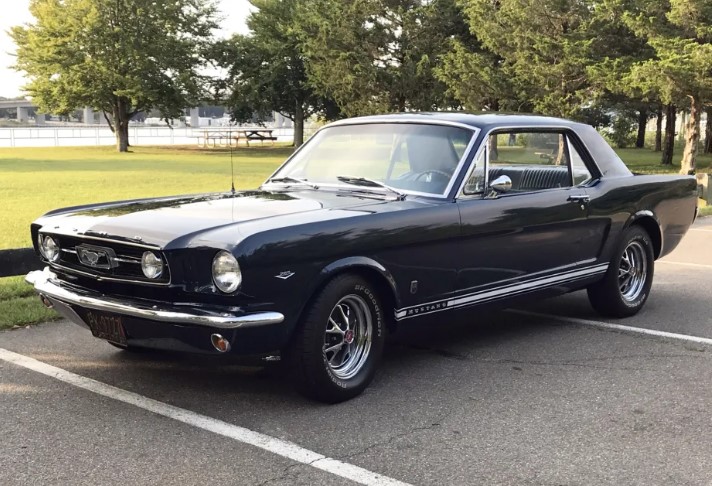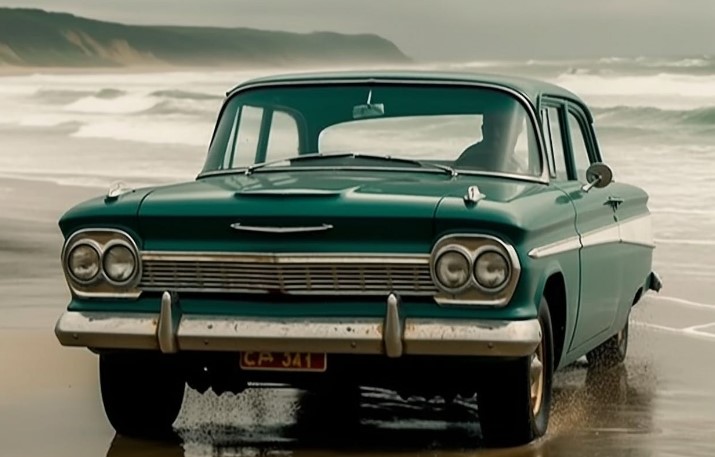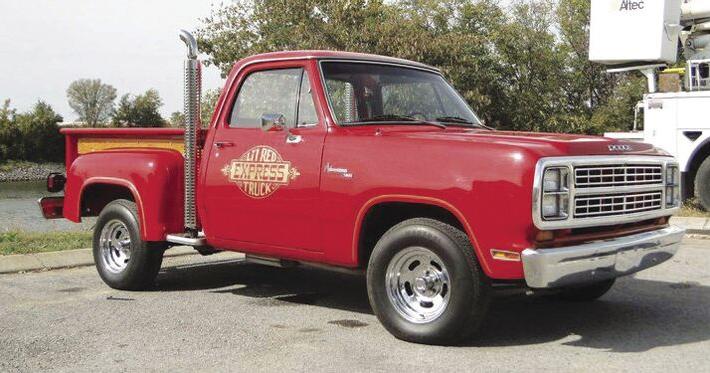The American muscle car created an automotive genre that helped define a generation. Movies were made about and featured cars and car chases, often elevating a specific make and model to the height of stardom and driving sales at the showroom.
Classic muscle cars like the ‘68 Mustang GT and the ‘68 Charger R/T in “Bullitt,” the ‘69 Charger R/T in “Dirty Mary and Crazy Larry” and the ‘71 Challenger R/T in “Vanishing Point.”
I don’t blame you if these titles don’t ring a bell or show up on any “must see” movie list. They’re movies for car guys and the rare lady who could find amusement in such celluloid. We watched for the hot rods, not the plot lines, where big block rides turned gas into noise and squealing tires.
Muscle cars were everywhere.The 1950s custom street rods gave rise to the 1960s factory muscle cars, but by the 1970s, the party was over. New safety, emission and gasoline efficiency standards slowly dimmed rated horsepower just as the cars themselves were getting bigger and heavier with impact bumpers and safety features.
Actual fire-breathing V8s were reduced to fender badges for bragging rights until all that was left were decal stripes and graphics hinting at the glory days of the past.
Automakers in the late 1970s hung onto the names that carried clout like Camaro Z-28 and Firebird Trans-Am (“Smokey and The Bandit,” anyone?) but the Mustang took a pitiful turn down Pinto alley before rebounding with the Fox body and 5.0 liter (nee 302).
Dodge domestic products went the luxo-barge route with some Mitsubishi badge engineering that kept the Challenger name alive but while their marketing department was willing, the spirit was unable to live up to its pedigree. And quirky straggler, AMC limped through on Renault life support.
There was a light on this bleak malaise automotive horizon and it came in the form of the Dodge Adult Toys line. A name today that might conjure images of middle-aged couples giggling over a glass of wine at a risque multi-level marketing get-together, but back then it was the brainchild of some Chrysler higher-ups who decided to take the game to the playground that had no rules, or at least, fewer rules.
In the mid-1970s light trucks were still exempt from heavy emission regulations, and names like “Power Wagon,” “Warlock” and “Street Van” popped up in Dodge showrooms. But the cherry on top was the “Lil’ Red Express Truck” introduced in 1978.
Exploiting the loophole that let trucks run wild, Chrysler engineers started with a stock half-ton step side D150 Adventurer pickup and created the market for factory specialty trucks that today is alive and well.
They dropped in a modified Police Interceptor 360 V8 engine that breathed through high-performance mufflers and there were no catalytic converters, exhausting through true dual chrome stacks that exited behind the cab.
All this rode on custom aftermarket chrome slotted steel wheels with raised white letter polyglass tires, wide 50 series in back and slightly narrower 60 series in front to achieve the mainstream hot rod stance that would match its performance.
And perform it did. In 1978, the Dodge Lil’ Red Express was declared the fastest American made vehicle from 0 to 100 mph by “Car and Driver” magazine. There were numerous other custom features and touches, including clear oak wood accents on the bedsides and interior and of course, the overall Bright Canyon Red factory paint.
Interestingly, the Lil’ Red Express wasn’t available in California, Florida, Maryland, Oregon or Washington, but not due to emissions. Rather it was because it couldn’t meet local noise ordinances.
The Lil’ Red Express proved so popular Dodge continued it into 1979, but the feds were catching on and catching up. Catalytic converters were now required along with unleaded gas and the mandated 85-mph speedometer. The staggered size tires were also gone, replaced by four of the smaller 60 series rubber. Even the color became a bit more subdued now, wearing Medium Canyon Red paint.
Ultimately, “The Last American Hot Rod,” as Chrysler engineer Tom Hoover labeled it, was discontinued when the 1979 gas crisis hit and the performance market gave way to the need for fuel efficiency, causing sales of the truck and its premium price tag to slam on the brakes.
In today’s market manufacturers don’t need any special edition vehicles to sell trucks, but there are plenty of them out there, and you could say it all started with the Lil’ Red Express.







More Stories
Investigation launched into complaints of Tesla steering wheels coming off mid-drive | Tesla
Wheels Car of the Year 2023: Finalists revealed!
Why Were so Many Built?